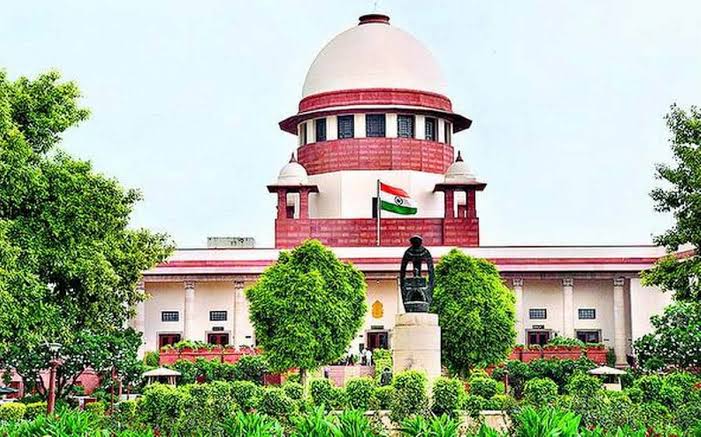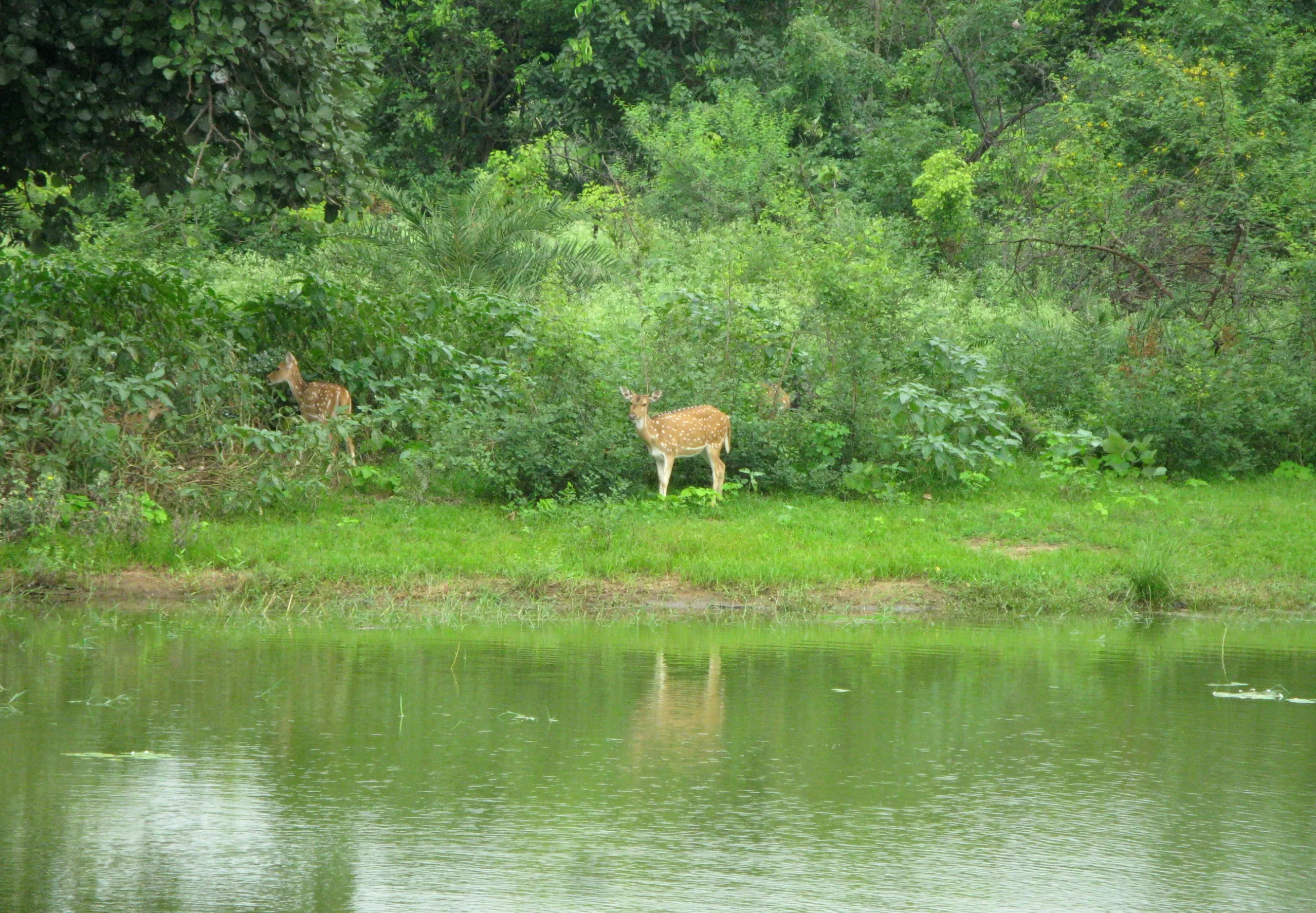The Supreme Court of India has issued a directive to the government, instructing it to follow the broad and all-encompassing definition of forest as laid down in its 1996 judgment in the T N Godavarman case. This directive will remain in effect until a consolidated record of all types of forests across the country has been prepared.
The directive was issued by a three-judge bench, led by Chief Justice of India (CJI) D Y Chandrachud, on Monday, February 19, in response to petitions challenging the 2023 amendments to the Forest (Conservation) Act, 1980 (FCA). These amendments were being challenged on the grounds that they had substantially diluted the definition of forest and reduced the scope of the FCA.

The government had passed the Forest (Conservation) Amendment Bill, 2023, in both Houses of Parliament in July-August 2022. The Statement of Objects and Reasons for the amendment bill stated that the applicability of the FCA had been widened by the Supreme Court’s judgment in the T N Godavarman case.
The government argued that the FCA had been made applicable to recorded forests that had already been put to non-forestry use, thereby preventing authorities from changing land use or allowing any development or utility-related work.
The Environment Minister, Bhupender Yadav, argued that the amendments were necessary to remove ambiguities created by the 1996 judgment. The judgment had made the FCA applicable to all areas that resembled the dictionary meaning of ‘forest’. To remedy this situation, the amendment made the FCA applicable only to notified forests and lands identified as ‘forest’ in government records.
The Supreme Court had defined ‘forest’ for the purposes of the Act in the 1996 judgment. The court ruled that the FCA would apply to all land parcels that were either recorded as ‘forest’, or which resembled the dictionary meaning of forest.
The court’s judgment stated that the word ‘forest’ must be understood according to its dictionary meaning. This description covers all statutorily recognized forests, whether designated as reserved, protected, or otherwise. The term ‘forest land’ will not only include ‘forests’ as understood in the dictionary sense, but also any area recorded as forest in the government record, irrespective of ownership.

The CJI-led three-judge bench reaffirmed this principle on Monday, stating that the dictionary meaning of forests had been adopted by the court to align with Parliament’s intent behind legislating the FCA in 1980.
The 2023 amendment was aimed at correcting the alleged expansion of the FCA’s applicability by the Supreme Court. However, under sub-sections ii, iii, and iv of Section 2 (“Restriction on the dereservation of forests or use of forest land for non-forest purpose”) of the FCA, the ambit of the law is not limited to only “reserved forest” – it bars the unauthorized non-forest use of any forest land.
The Ministry of Environment has repeatedly denied any attempt to dilute the FCA. However, it did drop the most radical amendment it had proposed to strengthen the Act in a Consultation Paper in October 2021. The Ministry had said that it was considering introducing an enabling provision in the Act to keep certain pristine forests showcasing rich ecological values intact for a specific period.

The government had justified the 2023 amendments as a means to address the development needs of forest-dwelling tribes. The government argued that the FCA was impeding the welfare agenda of the government. However, the basic development needs of tribal communities are covered under Section 3 of the Forest Rights Act, 2006.
This section requires the Centre to divert forest land, notwithstanding anything contained in the FCA.

